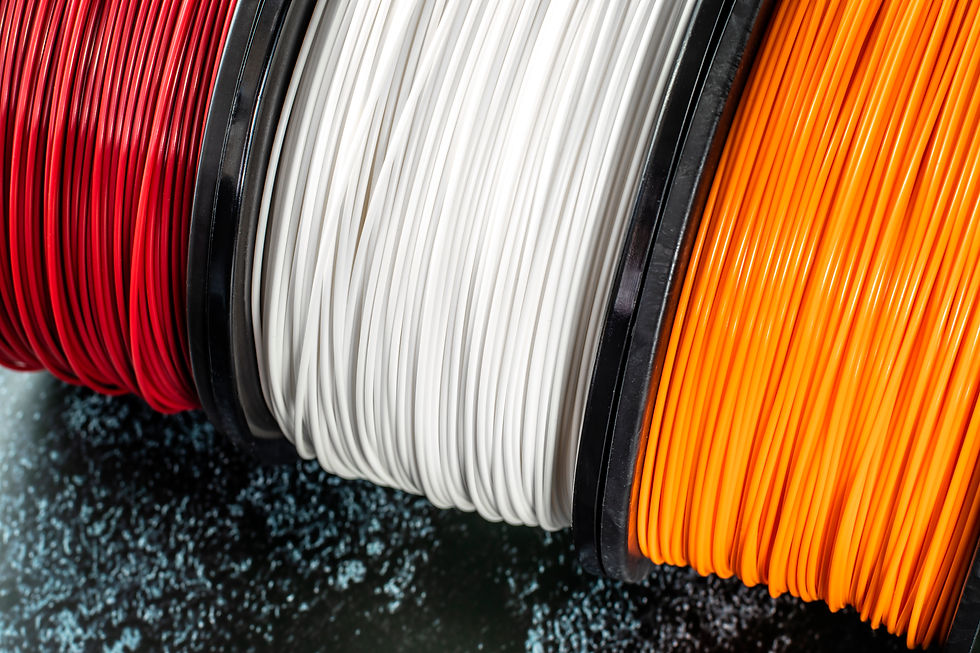How 3D Printing is Revolutionizing Manufacturing
- Ashley Glenn
- Apr 22, 2024
- 2 min read
3D Printing in Manufacturing
Just a few decades ago, 3D printing seemed like a technology out of science fiction. Today, it has become a powerful tool that is revolutionizing manufacturing across industries. This transformative technology, also known as additive manufacturing, is reshaping industries by offering unprecedented flexibility, reduced waste, and significant cost savings.
Unprecedented Design Freedom

One of the biggest advantages of 3D printing is the ability to create complex geometric designs and customized products tailored to specific needs. This would be difficult or impossible using traditional subtractive manufacturing methods like cutting, drilling or machining. 3D printing allows customization at no additional cost by simply tweaking a digital file. Industries like healthcare are using this to produce customized prosthetics, implants and devices matched to individual patient's needs.
Rapid Prototyping and Agile Development
3D printing also enables rapid prototyping - what used to take weeks or months can now be done in days or hours. Companies can quickly iterate designs based on real-world testing, accelerating time-to-market in competitive industries.
Cost and Material Savings
The layer-by-layer additive process significantly reduces material waste as well, using only what is required to create each part compared to traditional methods that cut away up to 90% of a material block.
Intricate Geometric Complexity
Another key benefit is the ability to produce intricate complex shapes as easily as simple ones with no added cost. This unlocks new design possibilities like lightweight aerospace components and high-performance automotive parts that would be prohibitively expensive through conventional manufacturing.

Distributed On-Demand Manufacturing
On-demand distributed manufacturing is also enabled by 3D printing. Rather than centralized mass production, parts can be 3D printed where needed, reducing inventory, warehousing and transportation costs and emissions. Some companies are even exploring recycled materials as a more sustainable 3D printing feedstock.
Driving Innovation Across Industries
Major industries like aerospace, automotive, healthcare and others are capitalizing on these advantages. 3D printing technologies continue advancing to further drive adoption and push the boundaries of smarter, faster and more creative manufacturing solutions.




Comments